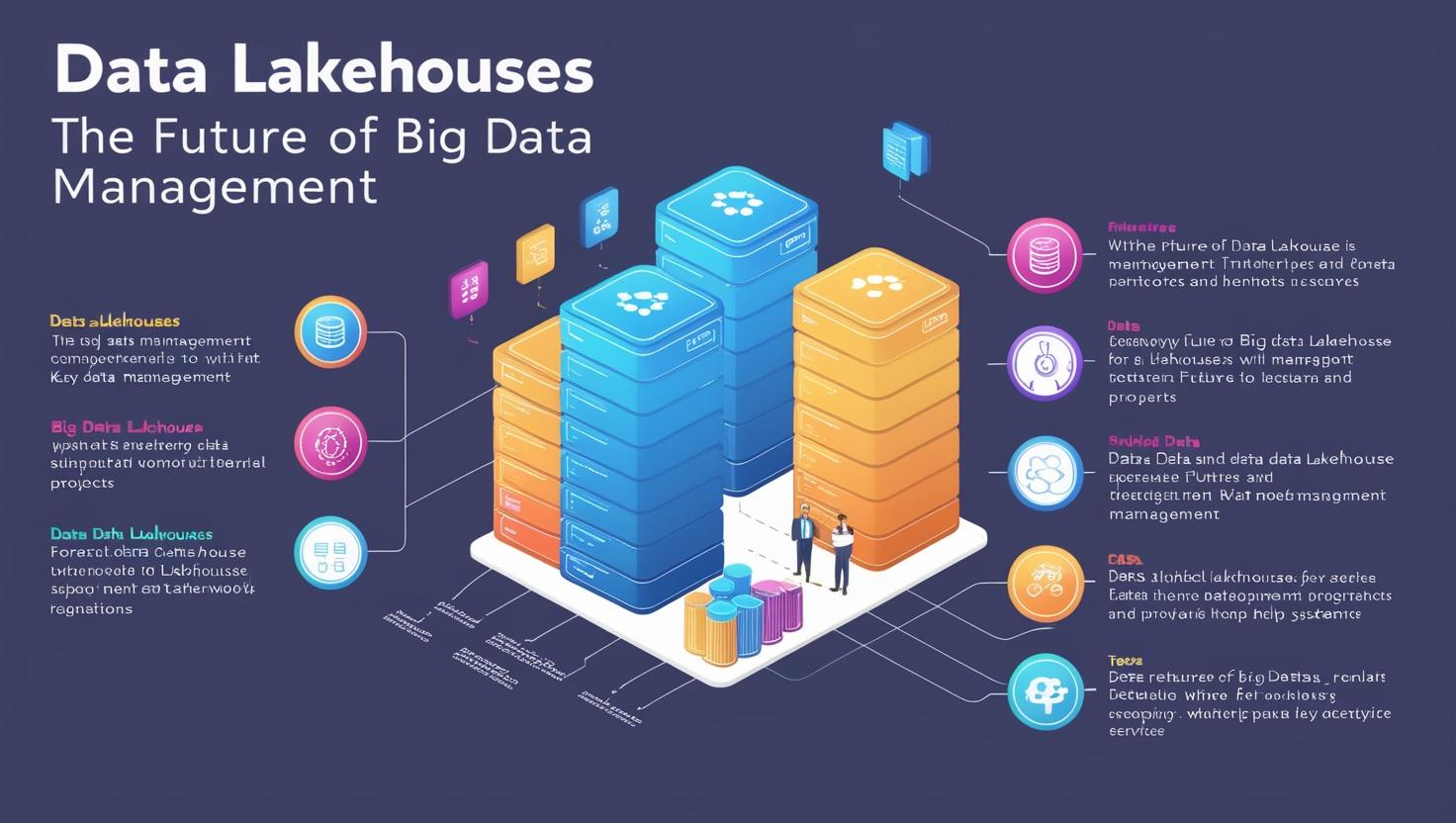Published: April 13, 2025
Big data is evolving, and cloud-native data lakehouses are leading the charge. By fusing the scalability of data lakes with the precision of data warehouses, lakehouses empower businesses to tackle structured and unstructured data with ease. As AI workloads and real-time analytics demand smarter solutions, lakehouses are redefining data management. Let’s unpack their architecture, benefits, and why platforms like Databricks and Snowflake are making waves.
What Is a Cloud-Native Data Lakehouse?
A data lakehouse blends the best of two worlds:
- Data Lakes: Store raw, unstructured, or structured data at scale, great for ML but tricky for analytics.
- Data Warehouses: Shine with structured data and SQL, yet rigid for diverse datasets.
- Lakehouses: Unify all data types, enabling BI, ML, and streaming with one governed platform.
Built on cloud infrastructure (AWS, Azure, Google Cloud), lakehouses scale cost-effectively. Tools like Databricks, Snowflake, and Delta Lake bring this vision to life, streamlining data workflows.
Why Lakehouses Are Hot
Lakehouses are surging for practical reasons:
- AI Enablement: They handle unstructured (e.g., text, video) and structured data for AI/ML models.
- Cost Savings: One system cuts ETL costs and simplifies infrastructure.
- Scalability: Cloud-native flexibility scales compute and storage independently.
- Governance: Unified metadata ensures security and compliance.
- Real-Time Analytics: Streaming support delivers instant insights from live data.
As AI and agility dominate business priorities, lakehouses are the answer.
Lakehouse Architecture
A lakehouse’s power comes from its layers:
- Storage: Cloud stores like AWS S3 or Azure Data Lake hold data in open formats (e.g., Parquet).
- Compute: Engines like Spark or Snowflake process queries/ML, scaling dynamically.
- Metadata: Catalogs (e.g., Delta Lake’s log) enable ACID transactions and schema control.
- Access: SQL, Python, or BI tools (Tableau, Power BI) query seamlessly.
This eliminates silos, accelerates pipelines, and unifies teams.
Benefits of Lakehouses
Why choose a lakehouse? Key perks include:
- Versatility: Supports BI, ML, and streaming in one place.
- Affordability: Cloud elasticity optimizes costs.
- Performance: Fast queries via engines like Snowflake or Databricks’ Photon.
- Openness: Standard formats avoid lock-in.
- Simplicity: Fewer pipelines mean faster results.
Leading Platforms
Top tools include:
- Databricks: Spark-powered with Delta Lake, ideal for AI/ML and collaboration.
- Snowflake: Masters BI with structured/semi-structured data and easy scaling.
- Delta Lake: Open-source governance layer, often used with Spark.
- Others: Azure Synapse, Google BigQuery embrace lakehouse patterns.
Select based on your needs—ML for Databricks, analytics for Snowflake.
Start Your Lakehouse Journey
To launch a lakehouse:
- Identify workloads (BI, ML, streaming).
- Choose Databricks, Snowflake, or another platform.
- Load data into cloud storage (S3, ADLS).
- Test analytics or models.
- Set governance and scale.
Lakehouses: The Future of Data
Cloud-native data lakehouses are reshaping big data, offering scalability, AI-readiness, and simplicity. They’re the backbone for smarter decisions, from startups to global enterprises.
Ready to supercharge your HR data in a lakehouse? PMT HRFlow from PatMacTech UK Ltd is the ultimate SaaS platform for employee management, delivering seamless onboarding, payroll integration, role-based dashboards, and powerful analytics. Designed to integrate with lakehouse architectures, PMT HRFlow transforms workforce data into insights that drive efficiency and compliance. Don’t wait—sign up for a free PMT HRFlow trial today and unlock the future of HR analytics!

Leave a Reply